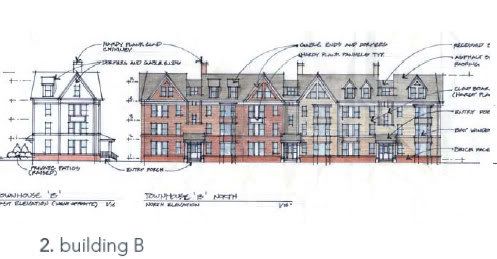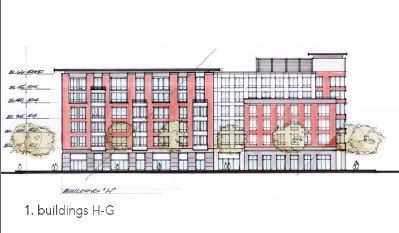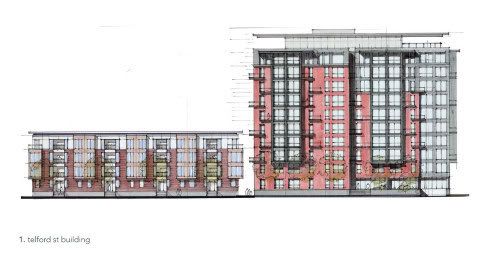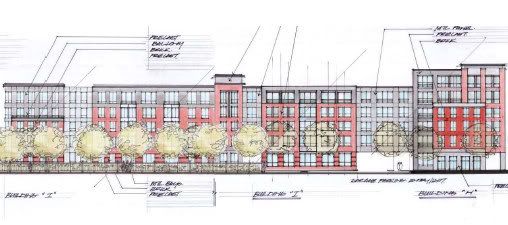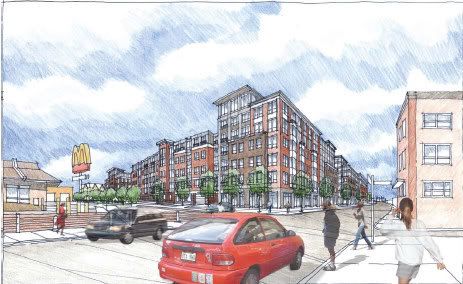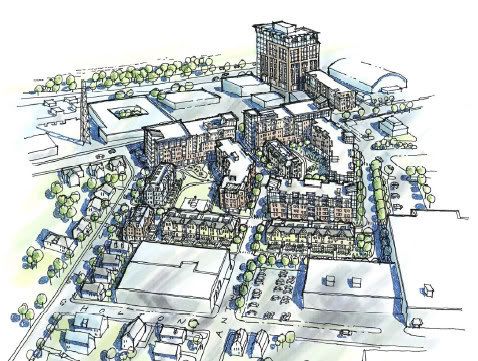Harvard, North Allston still far apart on growth
As Harvard University and the Boston Redevelopment Authority complete plans for a $1 billion science complex in North Allston, the gap between the school's and the residents' visions for the neighborhood has become clearer.
more stories like thisAfter months of meetings with the BRA, a group of residents last month proposed a broad range of community benefits to be provided by Harvard. Their goal, according to neighborhood organizer Tim McHale, was to integrate the community and the university; bring university expertise to bear on neighborhood schools, businesses, and health facilities; and enhance the streets and parks in Allston and Brighton.
Then, this month, the BRA released the draft of its agreement with Harvard, based on a year of neighborhood meetings. It spelled out narrower, more specific benefits, with limits on spending. According to BRA spokeswoman Jessica Shumaker, the agency hopes to finalize the agreement by the end of the month.
Neighbors feel the BRA draft resembles Harvard's proposal from last September. "This feels like Harvard saying, 'What's the least cost we can get away with?' " said Brent Whelan, an Allston resident on the BRA Harvard Allston Task Force, whose role is to add residents' input to the BRA's institutional negotiations.
Harvard and the BRA believe this benefits package should be connected specifically to the science complex, said Kevin McCluskey, director of community relations for Harvard.
"We are committed to a master plan of community benefits, which will explore many of the other issues and aspirations raised by neighbors," he said. But that package will be developed in the context of Harvard's other, larger development plans for the neighborhood.
McHale said that some items in the BRA draft, such as a payment in lieu of taxes, a payment to the city for affordable housing, or funds for a "jobs trust," may benefit the whole city. But to neighbors, he said, it looks like a lot of money will be leaving Allston and Brighton.
"This is not what we asked for," he said.
The draft's proposals on such matters as public transportation and pedestrian access, while nice, mostly benefit Harvard and its employees, he said, rather than improving life for the residents who will bear the brunt of the construction and subsequent operation of the science complex in their backyards.
The Allston Brighton North Neighborhood Forum, formed last fall to provide a cohesive response to Harvard's initiatives, had asked for three pedestrian paths to link to the river, McHale said. The BRA agreement includes just the "Longfellow Path," which would connect the science complex to the athletic complex.
For transportation, the neighborhood has long discussed adding commuter rail stops in Allston, which would help neighborhood residents get downtown quickly. The BRA proposal talks of additional MBTA bus stops and an enhanced shuttle service between Longwood, Harvard Square in Cambridge, and the Allston campus. Neighbors had further discussions Wednesday with the BRA and Harvard. The agency and the university now will decide whether to revise the agreement.
more stories like thisMike Glavin, the BRA's deputy director for institutional development, echoed Harvard in counseling patience. He said the science complex and its benefits advanced quickly, but do not preclude larger benefits and developments when Harvard starts to move forward on its Institutional Master Plan. That plan will outline all of the changes Harvard plans for the neighborhood, including an arts center, affordable-housing options, and transportation.
For now, many residents remain dissatisfied about how their opinions have been treated by the city and university. Their anger boiled over at a Jan. 8 neighborhood meeting, which was called to coordinate a response to the proposed relocation of the Charlesview apartments.
The 213-unit concrete complex sits on the corner of North Harvard Street and Western Avenue, also known as Barry's Corner, across the street from the proposed science complex.
Last November, Harvard signed an agreement with the private nonprofit board of Charlesview to buy the property and move the tenants into a proposed 400-unit, mixed-income complex between Litchfield Street and a McDonald's on the southern side of Western Avenue. Additional housing, rising up to 10 stories along the river, is proposed for the northern side of the avenue.
Jeff Bryan, an Allston resident at the neighborhood meeting, calculated that the new Charlesview density would far exceed the neighborhood's average of 20,000 people per square mile. The 7-acre lot would have the equivalent to 91,000 people per square mile, he said.
"It will look like Kendall Square," he said.
He added that putting the larger buildings on the river would block the views of anyone in smaller structures, such as the three-deckers of most North Allston-Brighton homeowners.
Harvard hasn't yet released its plans for the new complex, so residents have been left to speculate, based on news reports, and to assess the housing needs of the area. They hope to coordinate a response to Harvard's plans with the help of volunteer architects and planners.
The neighborhood has to stick together, state Senator Steven Tolman told the meeting.
"Harvard has a long-range plan," he said. "We need to have a long-range plan."
McHale agreed, saying, "We're one or we're done."
http://www.boston.com/news/local/ar...vard_north_allston_still_far_apart_on_growth/
